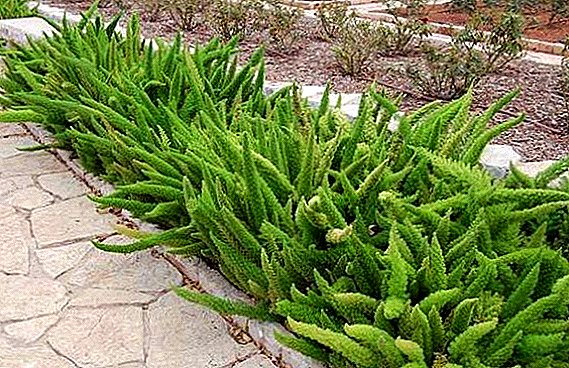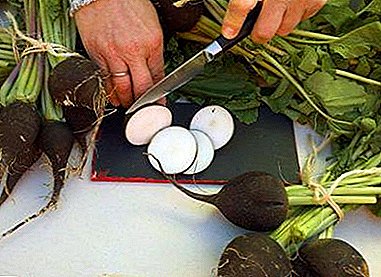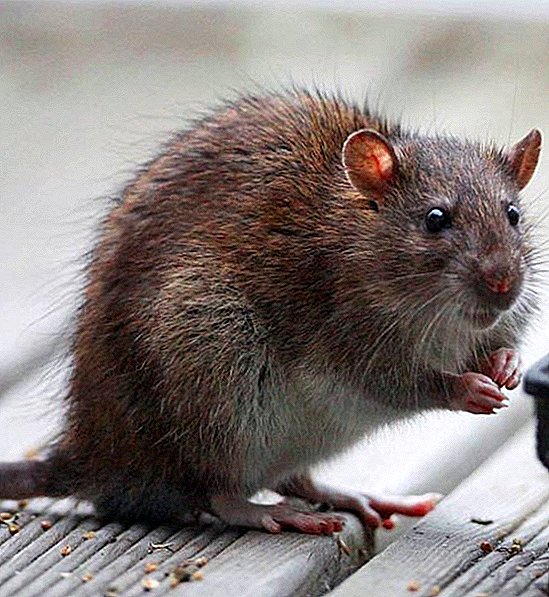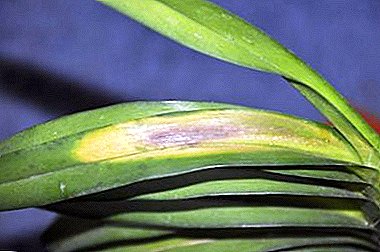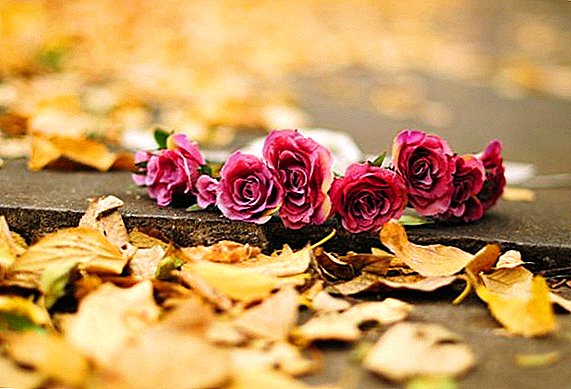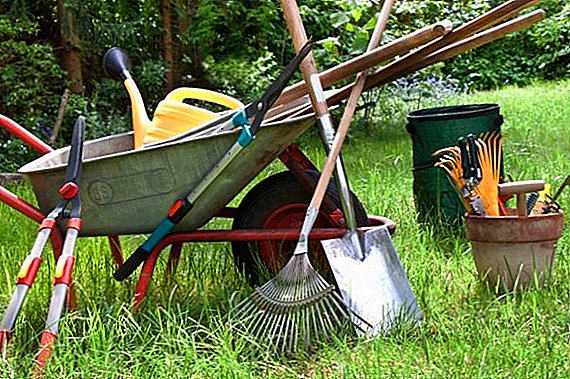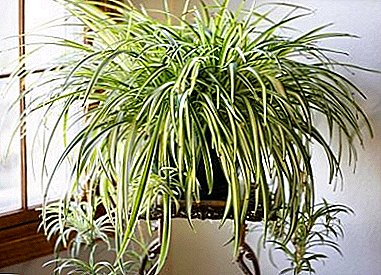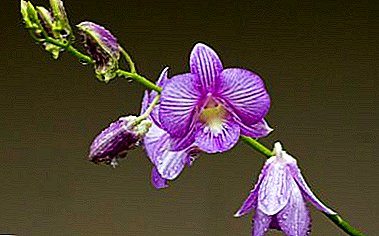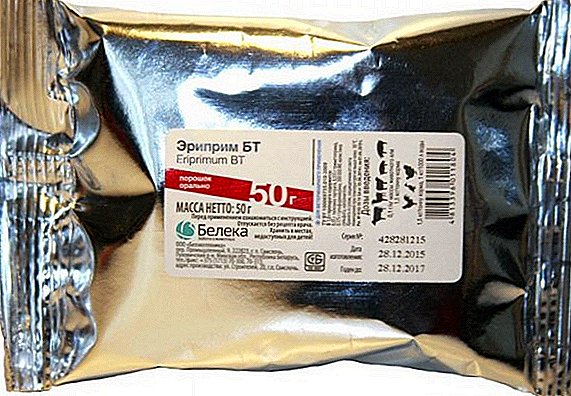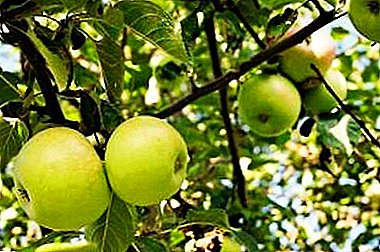
Apple tree Yellow sugar has incredible advantages in comparison with other varieties.
Its main advantage is a high organoleptic evaluation and amazing consumer qualities of the fruit.
Tree resistant to both frost and drought. It does not require special care.
What kind is it?
 Apple varieties Yellow sugar refers for summer varieties.
Apple varieties Yellow sugar refers for summer varieties.
Maturation occurs at the end of August. Apple tree refers to the winter-hardy type of fruit trees. Medium resistant to scab.
It is characterized by high yield and drought resistance.
The safety of fruits on average up to two months, however, depends on proper storage of apples:
- temperature - 0 ° C;
- relative humidity of air - 90-95%;
- storage in wooden containers is desirable;
- fruit sizing by size.
Summer varieties of apple trees include: July Chernenko, Quinti, Red earlier, Summer striped, Southern, Glory to the winner, Solntsedar, Siyanets Solntsedara, Terentyevka, Chudnoe, Yubilyar, Yandykovskoe, Apple Spas, Robin, Papirovka.
Pollination
Pollination occurs due to the pollen of apple flowers of another variety, as the apple tree is of the self-fruitless type. Ideally, plant lanes of two varieties at a distance of five meters from one another.
Description of a grade Yellow sugar
The appearance of an apple tree is characterized by an average tree height, a dense crown of rich color and light green, large fruits.
 Fast-growing, tall, sometimes exceed 8 m.
Fast-growing, tall, sometimes exceed 8 m.
Morphologically, the tree is similar to the Chinese variety. The branches are orange-yellow in color.
The crown is rather sprawling and lowered. The shoots are greenish yellow, thin and straight.
Leaf light green color, large. It has an elongated shape with serrations on the edges.
Stalks are refined and long. Chinese Chinese apple trees are often used for decorative purposes. Fruiting on kolchatka.
To size medium (average fruit weight is 150 grams), round shape. The color of the fruit is beautiful yellow rolling with strokes in the red cover color.
The flesh of the apple is cream-colored with a yellowish tinge, grainy consistency. Apples sweet to taste with a slightly sour taste. The skin is smooth with a waxy bloom. The tasting score is 4.5-4.7.
A photo

Breeding history
Yellow sugar variety was born thanks to the breeder Belovu G.A. on the collective farm named Kirov Kubeno-Ozersk district of the Volgograd region.
Region of Origin
 The zone of natural growth of apple Sugar is yellow Northwest region of Russia.
The zone of natural growth of apple Sugar is yellow Northwest region of Russia.
The most common apple tree of this variety is found in the Volgograd region.
Subject to the basic rules for the care and planting of an apple tree, it will take root on any soil.
Yield
The tree begins to bear fruit on fourth, maximum fifth year after landing. Fruit ripening accounts for in the middle of August. The consumer period begins at the end of August and lasts until the end of October.
The yield of the Sugar Yellow variety is not high, due to big apple shedding. Apple fruits characterized by good transportability.
Fruiting regular, annual. On average from one tree remove up to 100 kilograms of crop.
Planting and care
The yield and the size of the fruit of the Sugar Yellow variety apple tree directly depend on the care. When planting a tree using classic fertilizer.
Caring for an apple tree does not require much effort, as the variety is absolutely not fastidious to the soil and is resistant to fungal diseases.
 Apple trees of this variety are planted in any of the three seasons: autumn (late September - early October), spring (late April), summer (late July).
Apple trees of this variety are planted in any of the three seasons: autumn (late September - early October), spring (late April), summer (late July).
As shown, it is best to choose fall season for planting varieties Yellow sugar.
In order for a tree to grow strong, healthy and beautiful, the first thing that is necessary is to choose the right seedling.
It is important to choose seedlings with a developed root system and purchase them in a zone with the same climatic conditions.
When seedlings are already purchased, it is very important to choose the right place for planting an apple tree.
The main signs of the right place for planting Yellow sugar:
- non-darkened territory;
- lack of wind;
- landing zones are well drained;
- to make the tree grow strong and bring maximum yield, it is recommended to use loamy soil;
- places away from groundwater;
- properly prepare the landing hole.
 The most important point in the landing process is considered preparation of landing holes.
The most important point in the landing process is considered preparation of landing holes.
The optimal parameters of the pit for planting an apple of this variety: 1x1x0.7m
The landing algorithm is quite simple.
The top layer of excavated earth is mixed with the bottom layer and the following fertilizers are introduced:
- 18–20 kg of horse manure;
- 250 grams of wood ash;
- 250 g of superphosphate;
- 100 grams of potassium sulfate.
The pit is filled a mixture of land with fertilizers on 2/3.
Fertile soil without fertilizer is poured on top. Pit watered and again fill the layer of fertile soil.
Now you can carefully plant an apple tree, preferably with someone's help.
After, be sure to tie it to a wooden peg by the figure eight.
At first, the yellow sugar apple variety doesn’t need any care.
 In the spring, on the second year after landingimportant to hold Formation of deciduous crown of an apple tree.
In the spring, on the second year after landingimportant to hold Formation of deciduous crown of an apple tree.
It is necessary to trim the ends of each branch.
The first two years, it is IMPORTANT that the apple tree be tied to a wooden peg (it is better to use a linden or hazel tree).
Basic care during the first three to four years after planting:
- tying trees to protect against rodents and hares (material - parchment, lapnik);
- mulching with humus pristvolnyh circles;
- pruning 80-100% of flowers, so as not to produce fruit;
- hilling the ground to a height of twenty centimeters;
- irrigation of trees with mixtures that protect against pests.
In subsequent years, the same procedures are performed except the first (since the rodents will no longer reach the shoots) and the third position.
Diseases and pests
Sugar yellow trees are highly resistant to various fungal diseases. The best method of treating apple from fungal diseases is prevention.
A number of additional comprehensive measures that bring a preventive effect against various diseases of the apple tree:
- pollination of colloidal sulfur and copper compounds;
- the use of varieties with high resistance to the disease;
- destruction of the affected elements;
- fertilization of potash and phosphorus type;
- soil ash;
- crown formation;
- feed with potash fertilizers;
- Calcium chloride spraying during the growing season;
- timely harvest;
- proper storage of apples.
Compliance with at least half of the above positions will save your tree from such diseases as scab, powdery mildew, fruit rot, bacterial burn and many others.
Briefly consider the signs and causes of some of them.
Scab feature - the defeat of the leaves of the tree in the first place, and then the defeat of the fruit.
The reason for the appearance of this fungus is most often the stagnation of air inside the crown of a tree or increased humidity.
The first signs of scab are the appearance of green-brown spots on the leaves, also in a large number of small brown, forming a crust, spots on the fruit.
The burn is caused by the bacterium Erwinia amylovora. The infected trees cannot be cured, unfortunately. They need to be destroyed as soon as possible so that they do not infect nearby growing varieties. The causative agent is a quarantine object.
 Bitter pimples most often develops due to an insufficient amount of calcium in the soil, excessive doses of nitrogen fertilizers, high humidity, late harvest time, and improper storage conditions.
Bitter pimples most often develops due to an insufficient amount of calcium in the soil, excessive doses of nitrogen fertilizers, high humidity, late harvest time, and improper storage conditions.
The disease manifests itself in the form of dark brown depressed spots and affects the fetus in two ways: on the tree and during storage.
The next disease occurs most often after heavy rains.
Mealy dew - this is a fungal disease.
A characteristic sign of the disease is the appearance of the mycelium fungus in the form of white bloom on the leaves of trees. Infection occurs on the tree from the bottom up, until it completely attacks the tree.
Apple variety Yellow Sugar brings beautiful, tasty fruits with good consumer qualities and relatively long shelf life. With special preparation, the sapling will germinate on any soil.
The tree does not require special care. Highly resistant to various diseases. In case of defeat by pests, treatment does not require much effort. The only drawback is the strong shedding of fruits.
Watch the video about protecting the apple tree from pests and caring for it.


